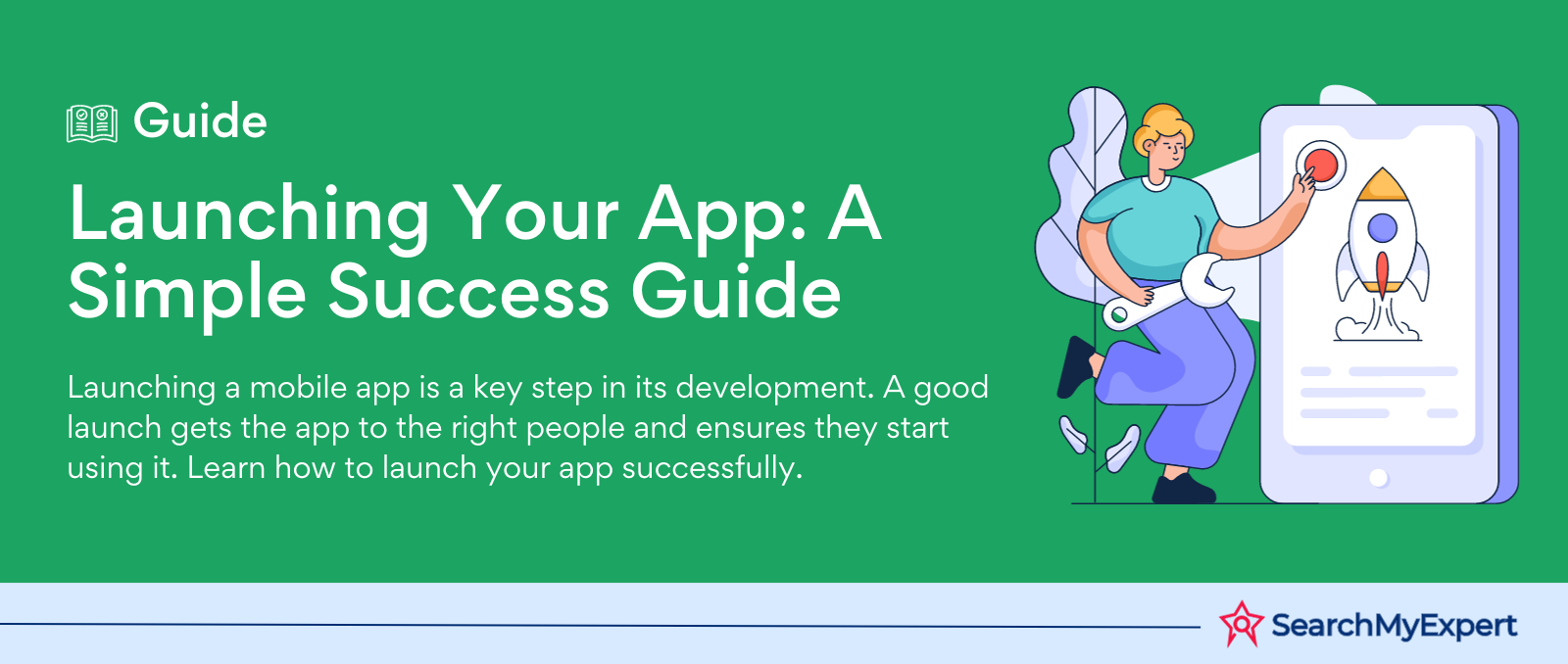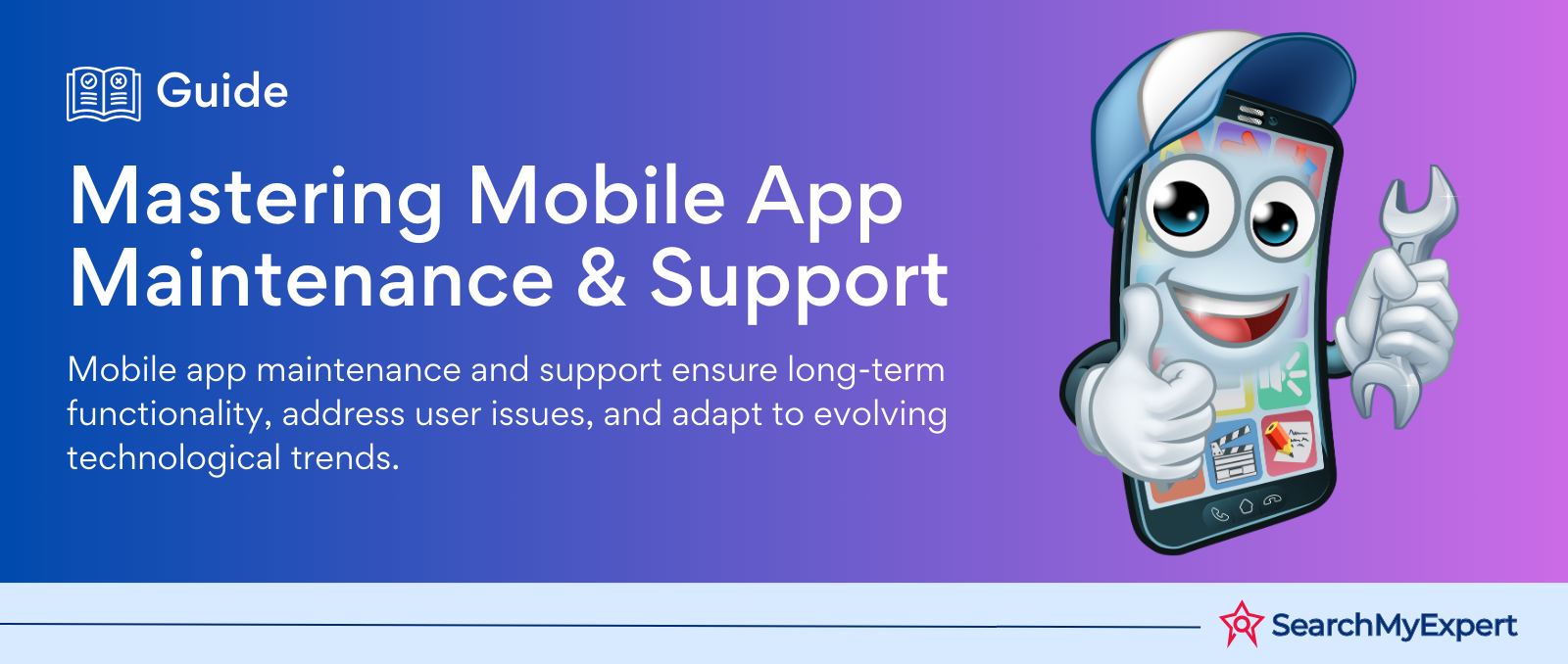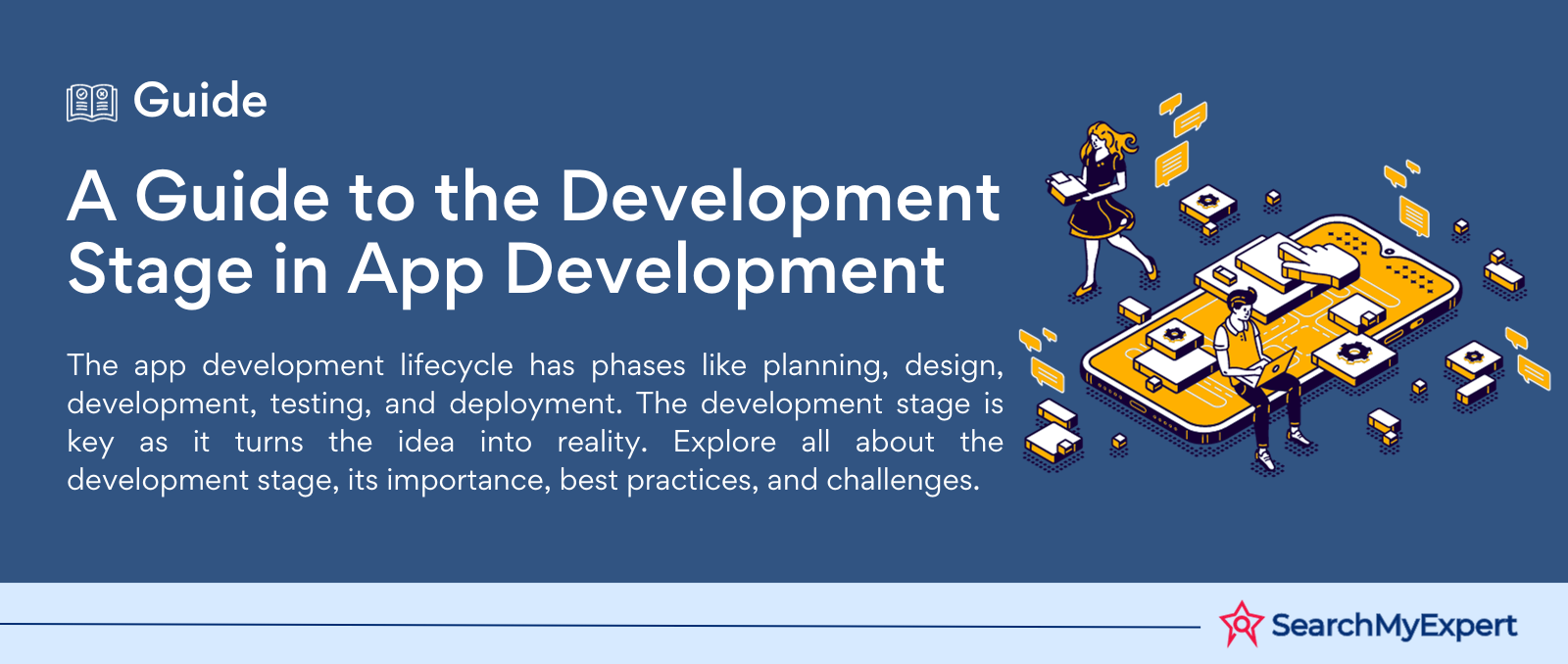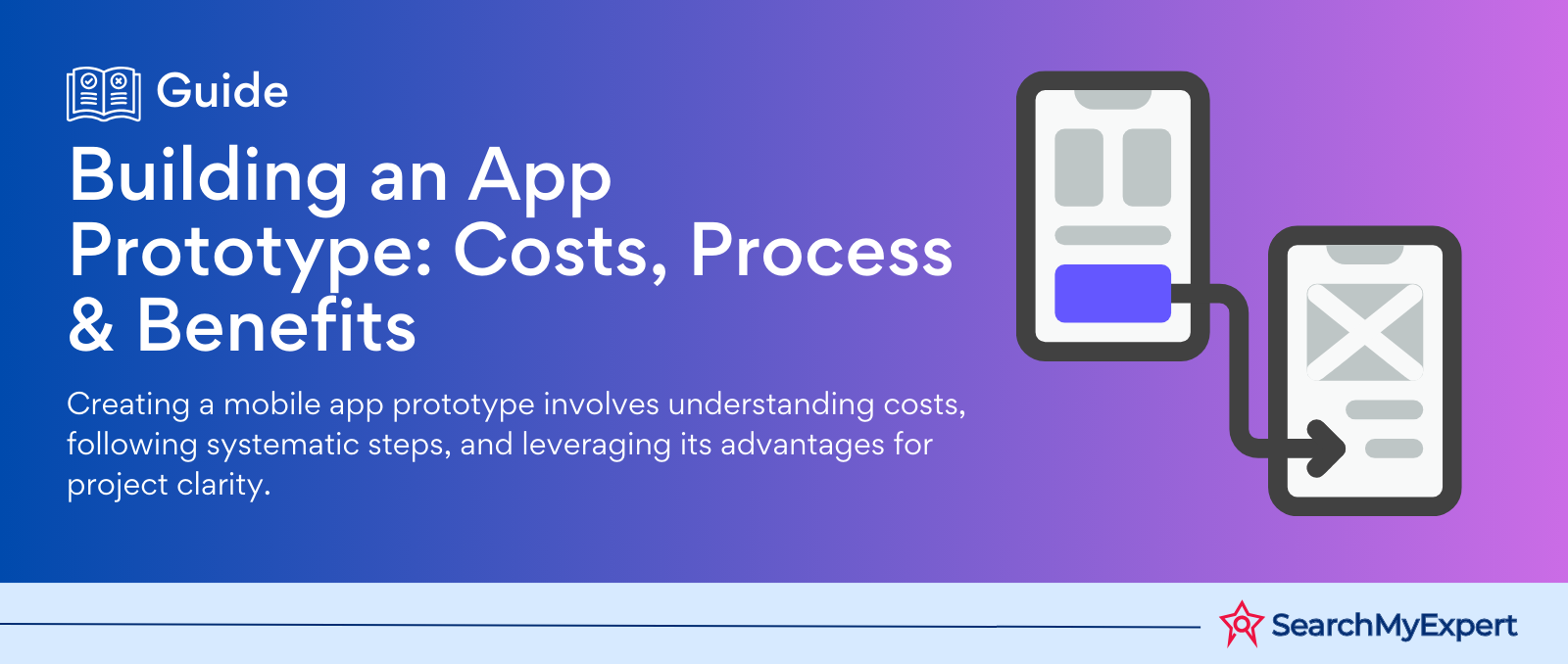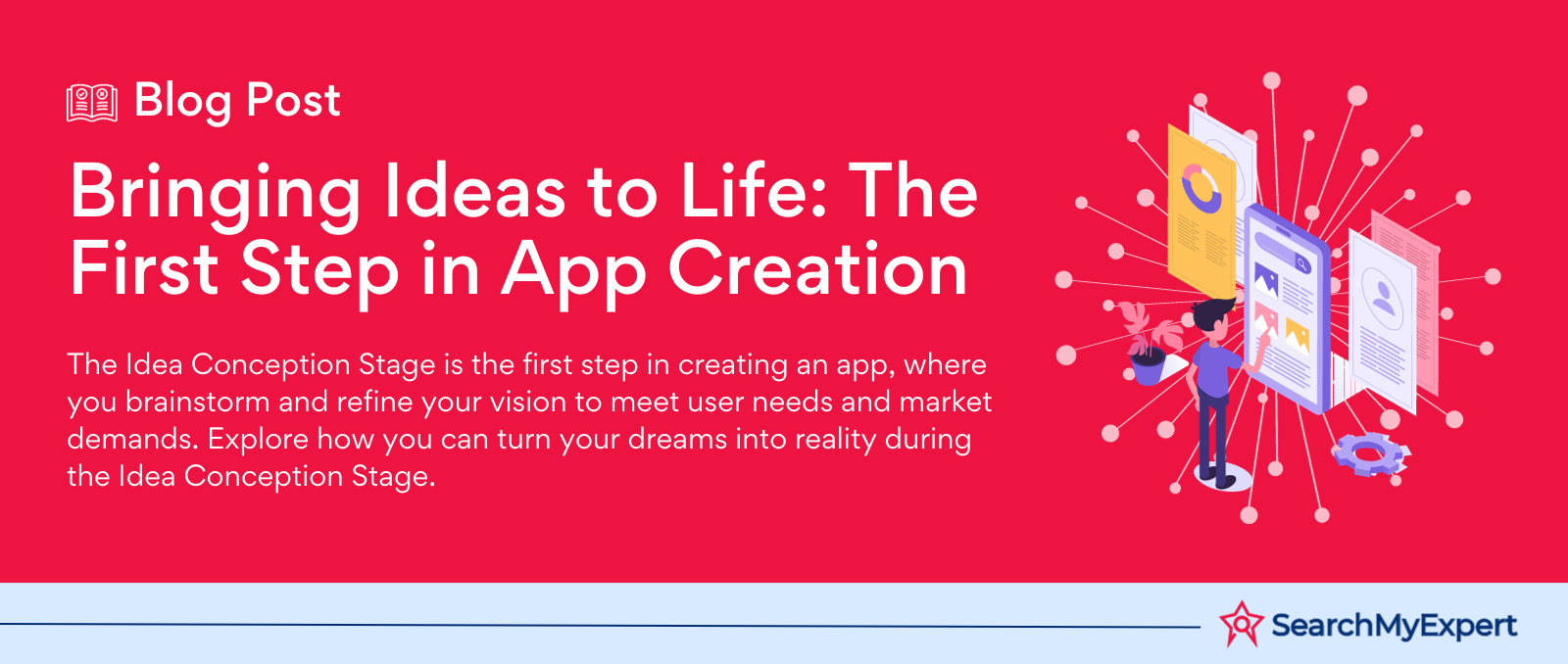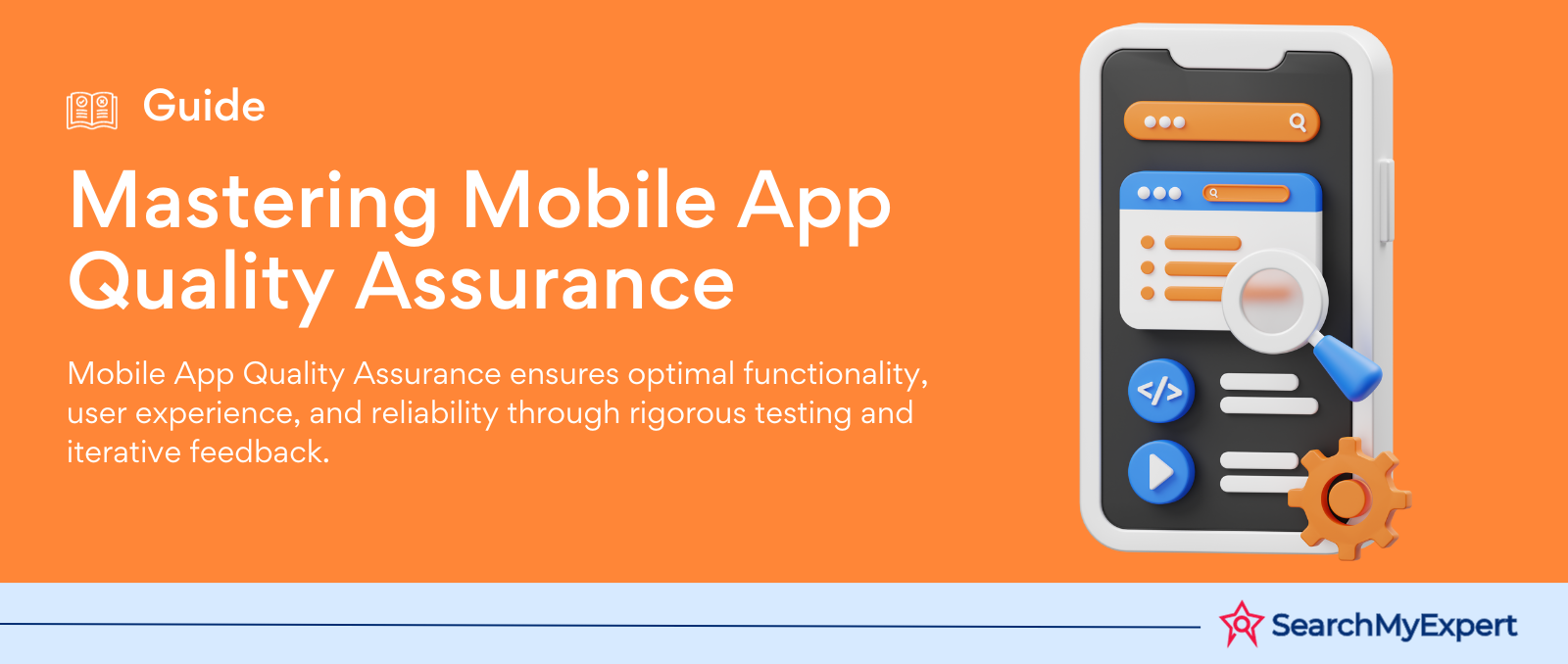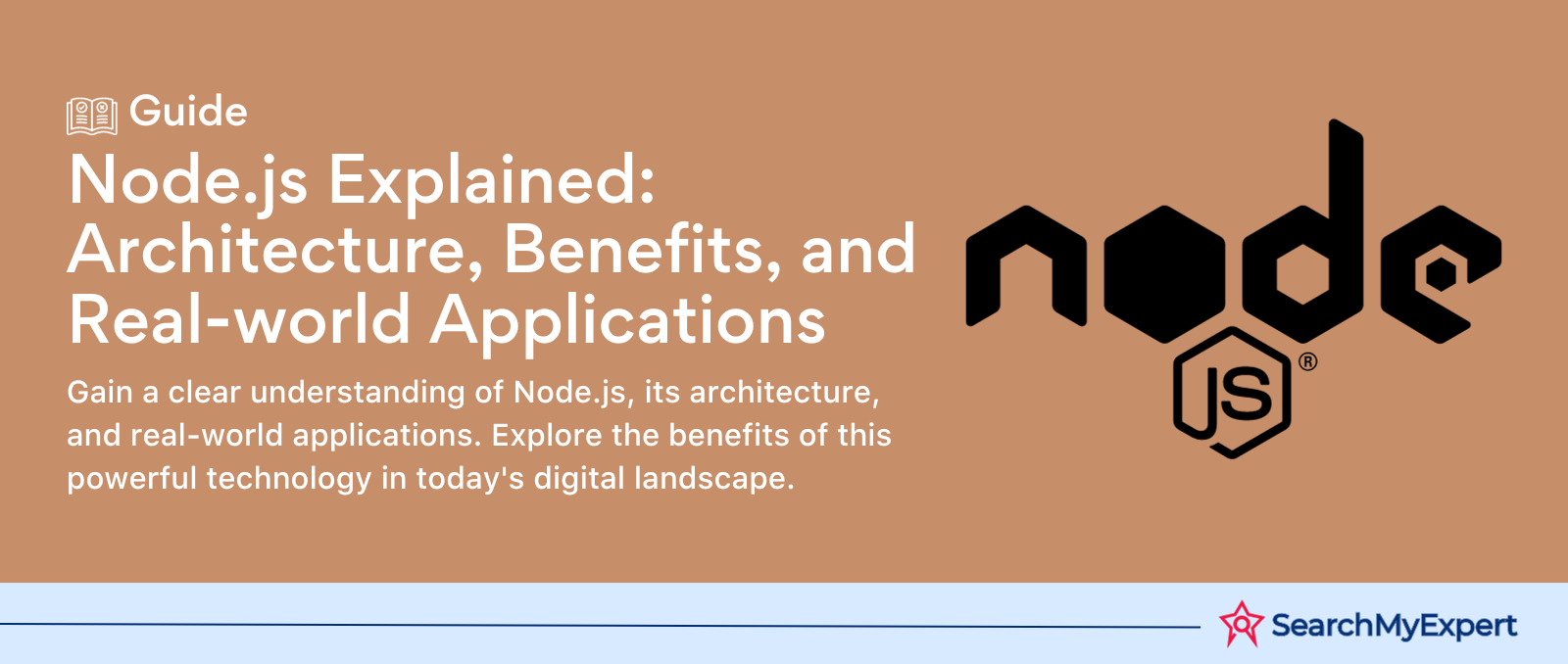Social Media Mastery: Your Ultimate Success Handbook
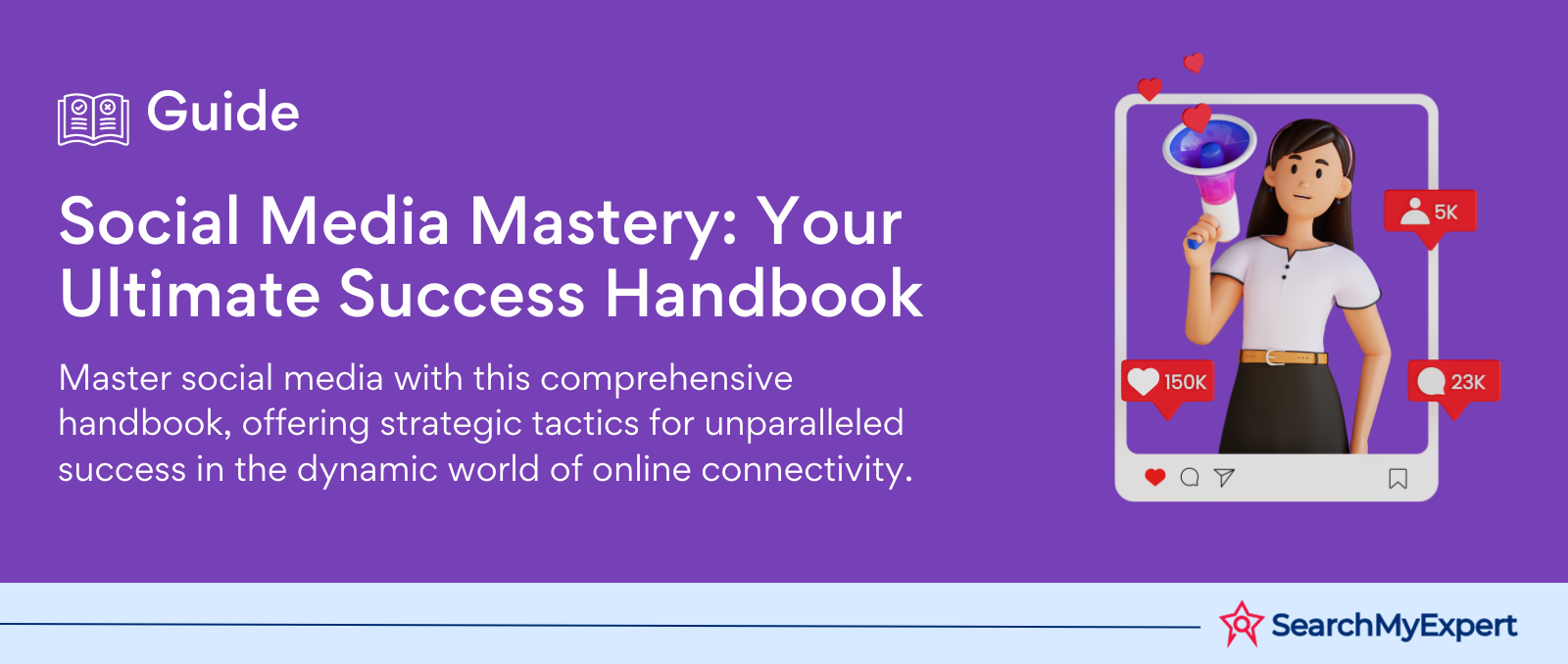
Deconstructing the Platform Landscape
Understanding the Unique Functionalities and Audiences of Major Platforms
Facebook, Instagram, Twitter, YouTube, LinkedIn: A Comparative Analysis
In the dynamic world of social media, understanding the unique functionalities and audiences of major platforms is crucial for effective digital engagement. Each platform, be it Facebook, Instagram, Twitter, YouTube, or LinkedIn, caters to specific user behaviors and preferences. Here, we delve into the distinct features and demographics of these platforms.
Facebook: The Diverse Community Hub
- User Base: Enormous and varied, spanning across age groups.
- Key Features: News feed, groups, marketplace, live streaming.
- Strengths: Wide reach, diverse content types.
- Ideal For: Brand awareness, community building.
Instagram: The Visual Storyteller
- User Base: Skews younger, with a strong presence of millennials and Gen Z.
- Key Features: Stories, IGTV, Reels, visual-centric posts.
- Strengths: High engagement, visual appeal.
- Ideal For: Lifestyle branding, influencer collaborations.
Twitter: The Pulse of Real-Time Conversation
- User Base: Diverse, with a notable presence of professionals, journalists, and influencers.
- Key Features: Tweets, trending topics, hashtags.
- Strengths: Quick updates, direct engagement with audiences.
- Ideal For: News dissemination, customer service.
YouTube: The Video Content Kingdom
- User Base: Broad and diverse, with a skew towards younger audiences.
- Key Features: Video uploads, live streaming, YouTube Shorts.
- Strengths: Long-form content, high engagement.
- Ideal For: Educational content, entertainment, vlogs.
LinkedIn: The Professional Networking Giant
- User Base: Professionals across various industries.
- Key Features: Professional profiles, networking, job listings.
- Strengths: B2B marketing, professional content.
- Ideal For: Industry thought leadership, networking.
Identifying Platform-Specific Trends and User Behavior Patterns
Understanding the evolving trends and user behavior patterns on each platform is essential for crafting targeted strategies. Here's a quick look:
- Facebook: Increasing emphasis on community and group interactions.
- Instagram: Rise of short-form video content like Reels.
- Twitter: Focus on trending topics and real-time news.
- YouTube: Growth in educational and DIY content.
- LinkedIn: Shift towards more personal storytelling in a professional context.
Defining Your Goals and Target Audience
Aligning Objectives with Platform Strengths
Crafting a Cohesive Social Media Strategy
Successful social media marketing hinges on aligning your overall objectives with the strengths of each platform. Whether it's increasing brand awareness, driving sales, or building a community, understanding how each platform can contribute to these goals is key. Here’s how to leverage each platform effectively:
- Facebook: Ideal for broad-based brand awareness and community engagement.
- Instagram: Best for visual storytelling and influencer marketing.
- Twitter: Great for real-time engagement and brand personality.
- YouTube: Perfect for in-depth content and building a loyal audience.
- LinkedIn: Suitable for B2B marketing and professional brand building.
Segmenting Your Target Audience
Understanding Demographics and Preferences
The final piece of the puzzle lies in segmenting your target audience based on the demographics and preferences of each platform. This involves:
- Age and Lifestyle: Tailoring content to the age group and lifestyle prevalent on each platform.
- Interests and Habits: Aligning your content with the interests and browsing habits of the platform's users.
- Geography and Language: Considering the geographical and language preferences of users on each platform.
Crafting Content that Captivates
Tailoring Content Format, Length, and Tone to Each Platform's Unique Style
- Format: Diverse, including text posts, images, videos, and live streams.
- Length: Longer, more detailed posts work well.
- Tone: Friendly and conversational, catering to a broad audience.
- Format: High-quality visuals, Stories, and Reels.
- Length: Short and snappy, with more focus on visuals than text.
- Tone: Creative, inspirational, and aspirational.
- Format: Concise tweets, images, and short videos.
- Length: Limited to 280 characters, making brevity key.
- Tone: Timely, witty, and often informal.
YouTube
- Format: Long-form videos, live streams, and vlogs.
- Length: Longer duration to provide in-depth content.
- Tone: Informative, entertaining, and engaging.
- Format: Articles, posts, and professional updates.
- Length: Medium to long-form content.
- Tone: Professional, insightful, and educational.
Leveraging Platform-Specific Features
- Hashtags: Crucial for discoverability on Instagram and Twitter.
- Polls: Engage audiences on Facebook and Instagram.
- Live Streams: Effective on Facebook, Instagram, and YouTube for real-time engagement.
Optimizing Visuals and Video Formats for Maximum Engagement
- Facebook & Instagram: Square and vertical formats work best.
- Twitter: Landscape images and short video clips.
- YouTube: High-definition landscape videos.
- LinkedIn: Professional imagery and well-produced videos.
Building a Community Connection
Fostering Two-Way Communication
- Comments and Replies: Engage with your audience on all platforms.
- Direct Messages: Use for more personalized communication.
Collaborating with Influencers and Brand Advocates
- Influencers: Partner to reach new audiences and add credibility.
- Brand Advocates: Encourage loyal customers to share their experiences.
Encouraging User-Generated Content and Fostering a Sense of Belonging
- Hashtag Campaigns: Encourage sharing on Instagram and Twitter.
- Challenges and Contests: Engage communities on Facebook and YouTube.
- Sharing Customer Stories: Highlight on LinkedIn for professional engagement.
Mastering the Algorithmic Dance: Unraveling the Mysteries of Social Media Algorithms
The Hidden Mechanics of Social Media Algorithms
Social media platforms are like intricate mazes, with algorithms at their heart, guiding users through a personalized journey. Understanding these algorithms is crucial for anyone looking to amplify their online presence.
- Deciphering Platform-Specific Algorithms: Each platform, be it Facebook, Instagram, Twitter, or LinkedIn, operates on a unique algorithm. These algorithms are constantly evolving, making it imperative to stay updated. They decide what content gets the spotlight and what fades into the background.
- The Power of Timing: Posting at the right time can make a big difference. Each platform has peak hours when user activity is at its zenith. Aligning your posts with these hours can increase visibility and engagement.
- Engagement: The Key to Algorithmic Success: Algorithms favor content that sparks interactions. Likes, shares, comments, and the time users spend on your post all feed into the algorithm, boosting your content's reach.
- The Role of User Behavior: Algorithms also consider individual user preferences. They prioritize content from frequently interacted accounts, making consistent engagement with your audience vital.
Leveraging Keywords and Hashtags for Optimal Discoverability
- Keywords: Unlocking the Door to Visibility: Identifying and using the right keywords is like speaking the language of the algorithms. They help categorize and present your content to the right audience.
- Hashtags: Your Content's Passport to Wider Audiences: Hashtags are more than just trendy add-ons. They categorize content, making it discoverable to users beyond your immediate followers. Strategic use of hashtags can exponentially increase your content's reach.
- Balance and Relevance: Overusing keywords or hashtags can backfire, making your content seem spammy. Finding the right balance and ensuring relevance is key.
Harnessing Paid Advertising for Targeted Reach
- Targeted Advertising: Platforms offer various paid advertising options, allowing you to reach a specific demographic. This can be based on age, interests, location, and more.
- Budgeting and ROI: It's crucial to budget wisely and monitor the return on investment. Small, well-targeted campaigns can often yield better results than broad, expensive ones.
- A/B Testing: Experiment with different ad formats and content to see what resonates best with your target audience. A/B testing can provide valuable insights into what works and what doesn’t.
Measuring and Analyzing Performance: The Key to Social Media Success
Tracking Key Metrics: Understanding What Matters
- Engagement Rates: This includes likes, comments, shares, and overall interaction with your content. High engagement rates often indicate content that resonates with your audience.
- Reach and Impressions: Understanding how far your content travels and how many eyes see it is crucial. Reach indicates the number of unique viewers, while impressions track the total number of views, including repeats.
- Conversion Rates: If your goal is to drive action, like website visits or sales, tracking conversion rates is essential. It measures the effectiveness of your content in achieving specific business objectives.
Identifying Platform-Specific Benchmarks
- Every Platform is Different: Metrics that matter on one platform might not be as crucial on another. For instance, LinkedIn values shares and professional engagement, while Instagram focuses on likes and comments.
- Industry Benchmarks: Compare your performance against industry standards. This helps in understanding where you stand in your specific niche.
Utilizing Data Insights to Optimize Content
- Data-Driven Decisions: Use analytics tools provided by social media platforms to gather data. This data should inform your content strategy.
- Content Optimization: Analyze what type of content performs best and replicate those successes. If educational posts get more engagement, for instance, focus on creating more educational content.
- Iterative Process: Social media strategy is not set in stone. It requires continuous tweaking and adapting based on performance data.
Adapting and Evolving: The Art of Social Media Flexibility
Staying Abreast of Emerging Platform Trends and User Preferences
- Evolving with the Digital Tide: Social media platforms are in a constant state of flux. New features, algorithm changes, and shifting user preferences can make yesterday's winning strategy obsolete. Staying updated is not just beneficial; it's essential.
- The Power of Trendspotting: Identifying and capitalizing on emerging trends keeps your content fresh and relevant. This requires keen observation and a willingness to adapt quickly.
- Understanding Your Audience: As user preferences evolve, so should your content. Regularly engaging with your audience and soliciting feedback can provide valuable insights into their changing tastes and interests.
Experimenting with New Features and Formats
- Embrace Innovation: Social media platforms frequently introduce new features and formats. Experimenting with these (e.g., Instagram Reels, Twitter Spaces) can offer new ways to engage your audience and stand out.
- Risk and Reward: Not every new feature will be a hit, but the willingness to try new things can set you apart. Even unsuccessful experiments provide valuable lessons.
- Content Diversity: Diversifying your content format (videos, live streams, polls, stories) can appeal to a broader audience and cater to different preferences, keeping your followers engaged and intrigued.
Continuously Refining Your Approach for Long-Term Success
- The Iterative Process: The journey of social media success is continuous. Regularly review and refine your strategy based on performance data and feedback.
- Learning from Success and Failure: Analyze what works and what doesn't. Successful posts can provide a blueprint for future content, while failures can offer lessons on what to avoid.
- Long-Term Vision: While it's important to adapt to immediate trends and changes, having a long-term strategy helps in maintaining a consistent and growing presence on social media.
Conclusion
Navigating the ever-changing landscape of social media requires a multifaceted approach. It's about understanding and leveraging platform-specific algorithms, using keywords and hashtags effectively, and strategically employing paid advertising. Equally important is tracking and analyzing performance metrics to refine your strategy continually. Staying abreast of platform trends, experimenting with new features, and continuously evolving your approach ensures long-term success. This journey is iterative, demanding a blend of creativity, adaptability, and strategic thinking. Embrace the dynamic nature of social media, and you'll find yourself not just keeping up but leading in the digital arena.
Connect with top Social Media Marketing Agencies for unparalleled growth.
share this page if you liked it 😊
Other Related Blogs

Mastering Docker for App Development: A Comprehensive Guide to Benefits, Use-Cases, and Alternatives
STAY UP TO DATE
GET PATH'S LATEST
Receive bi-weekly updates from the SME, and get a heads up on upcoming events.
Contact Us




